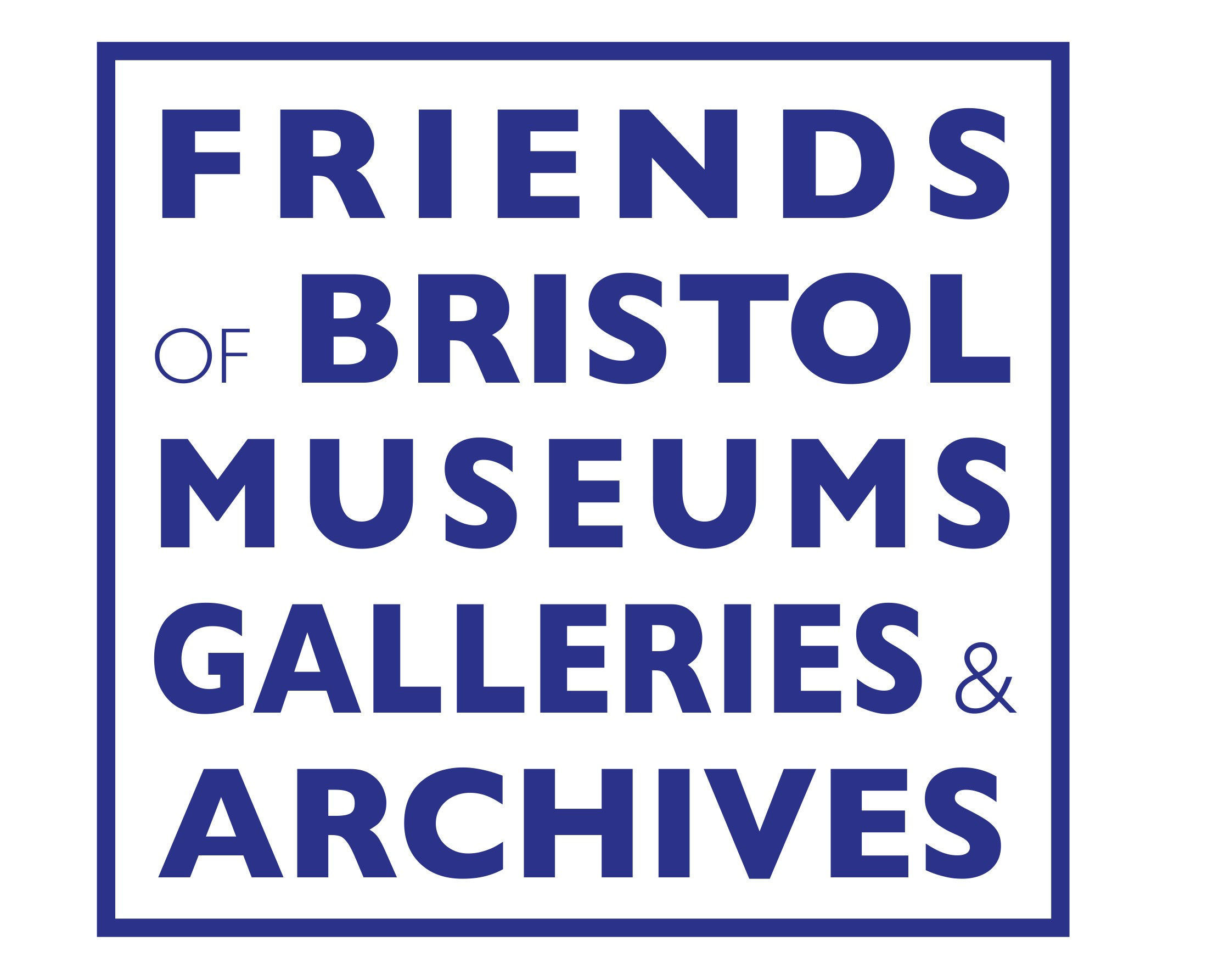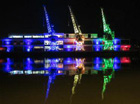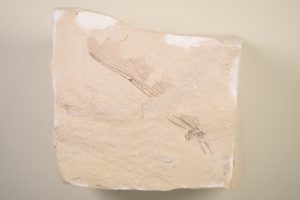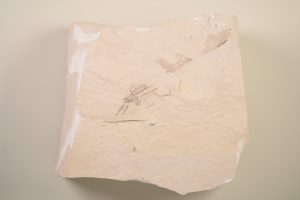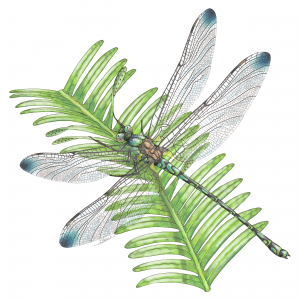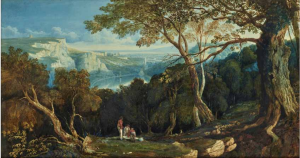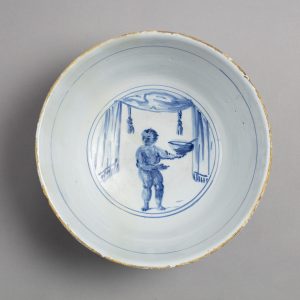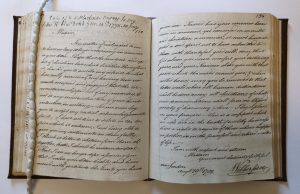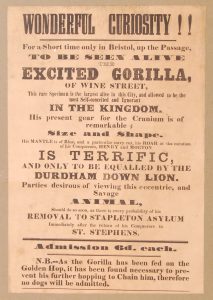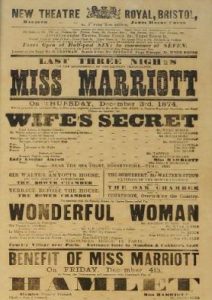Thanks to generous support from the Friends of Bristol Museums, Galleries & Archives, we recently purchased two volumes of illustrations relating to George Pryce’s book, A Popular History of Bristol.
George Pryce (1801-1868) was the city librarian from 1856 until his death. He was instrumental in acquiring the collection of local material which is still held there.
Published in 1861, Pryce said that his book was the work of more than thirty years’ study. He presented these two volumes to his son, Rev Robert Vaughan Pryce, for his birthday in 1866. The published book contained no illustrations, meaning these are Pryce’s own copies from his research. Many of the illustrations have page numbers for the book added next to them.
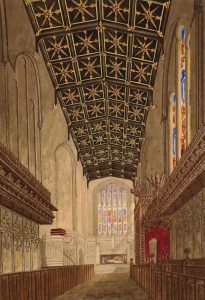
The Lord Mayor’s Chapel
The illustrations reflect many of his interests, particularly religion and architecture. These include monasteries and habits of various religious orders, the Lord Mayor’s Chapel, the Cathedral, St Mary le Port and St Nicholas. It also includes St Mary Redcliffe before the addition of its tall spire. There are sketches of monuments in these churches, many of which have their inscriptions recorded in detail in Pryce’s book.
There are also some early salt-paper print photographs which seem to be by John Wheeley Gough Gutch. He was a local surgeon as well as a pioneering photographer. These are of great interest to Bristol Museum & Art Gallery, which already holds some works by both Gutch and Pryce.
The volumes contain a wealth of material, including maps and engravings.
They will be of great interest to anyone interested in history, photography, religion, architecture, memorials, and many other topics.
Graham Tratt, Archivist
